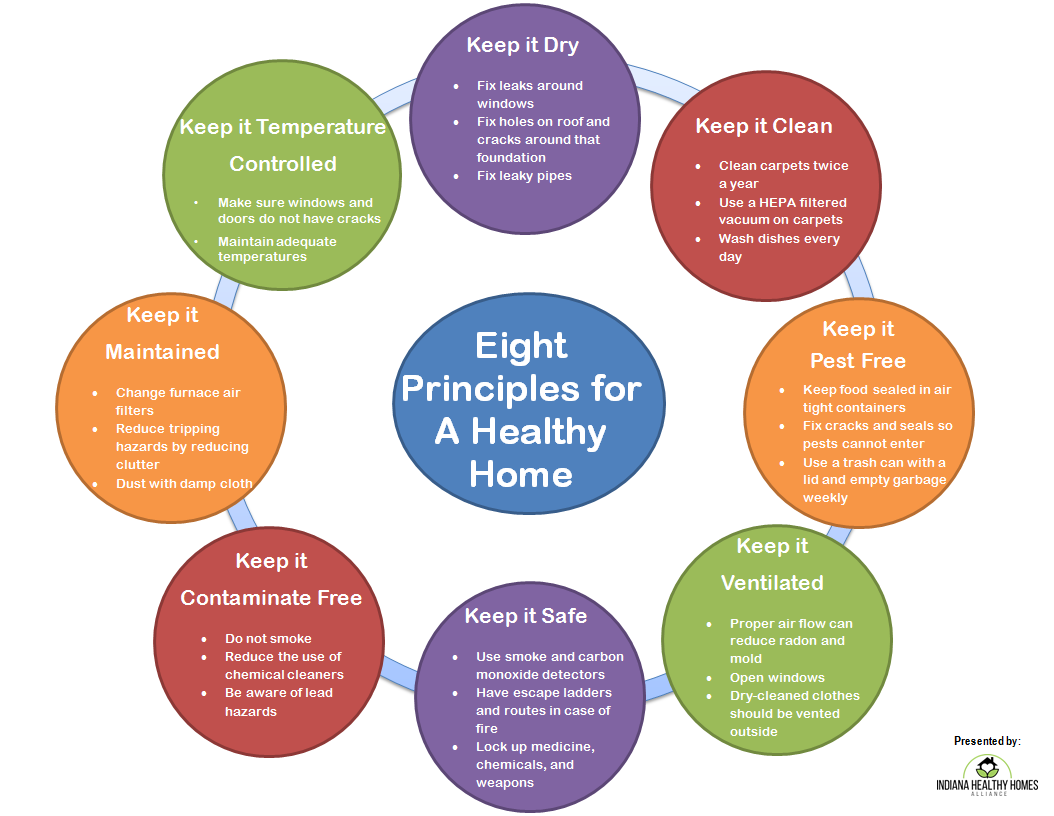Per the Building Professional Institute (bpi.org) there are 78 bpi certified pros in Missouri doing energy audits, quality assurance work, installations – but only 5 with the Healthy House Evaluator (HHE) credential, including our own staffer, Richard Reilly.
Expanding the ‘whole house as a system’ approach to be even more holistic/inclusive is what the addition of the HHE credential does for folks engaged with such a professional.
As noted on the bpi website (see link above), the certifications adds another dimension to the potential efficacy of the work.
From identifying asthma triggers and risk of lead poisoning to testing for CO2 and other health hazards, tremendous opportunity exists to incorporate a healthy home analysis into home performance assessments. The Healthy Home Evaluator (HHE) certification builds on the BPI Building Analyst (BA), Multifamily Building Analyst, Energy Auditor (EA), or Quality Control Inspector (QCI) certifications. The HHE was developed in partnership with the Green & Healthy Homes Initiative (GHHI). A Healthy Home Evaluator assesses home-based environmental health and safety hazards and provides a prioritized list of recommendations to address those hazards.
Let’s take a look at the 8 Principles of a Healthy Home as seen in this graphic:

Keep it Dry ↓
Prevent water from entering your home through leaks in roofing systems, rain water from entering the home due to poor drainage, and check your interior plumbing for any leaking.
Keep it Clean ↓
Control the source of dust and contaminants, creating smooth and cleanable surfaces, reducing clutter, and using effective wet-cleaning methods.
Keep it Safe ↓
Store poisons out of the reach of children and properly label. Secure loose rugs and keep children's play areas free from hard or sharp surfaces. Install smoke and carbon monoxide detectors and keep fire extinguishers on hand.
Keep it Well-Ventilated ↓
Ventilate bathrooms and kitchens and use whole house ventilation for supplying fresh air to reduce the concentration of contaminants in the home.
Keep it Pest-Free ↓
All pests look for food, water and shelter. Seal cracks and openings throughout the home; store food in pest-resistant containers. If needed, use sticky-traps and baits in closed containers, along with least toxic pesticides such as boric acid powder.
Keep it Contaminant-Free ↓
Reduce lead-related hazards in pre-1978 homes by fixing deteriorated paint, and keeping floors and window areas clean using wet-cleaning approach. Test your home for radon, a naturally occurring dangerous gas that enters homes through soil, crawlspaces, and foundation crack. Install a radon removal system if levels above the EPA action-level are detected.
Keep Your Home Maintained ↓
Inspect, clean and repair your home routinely. Take care of minor repairs and problems before they become large repairs and problems
Thermally Controlled ↓
Houses that do not maintain adequate temperatures may place the safety of residents at increased risk from exposure to extreme cold or heat.
Click here for a great checklist
So consider these resources as tools to inform and help increase the mindfulness with which create our place to call ‘home.